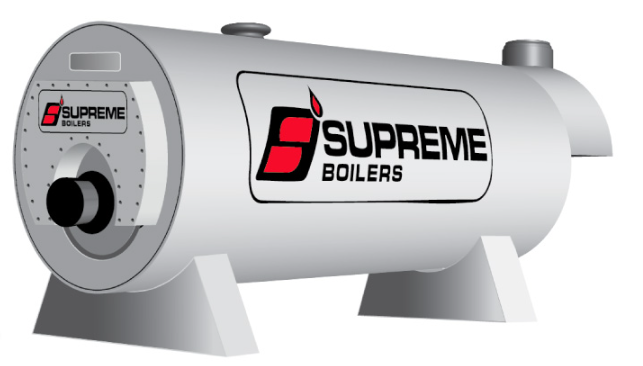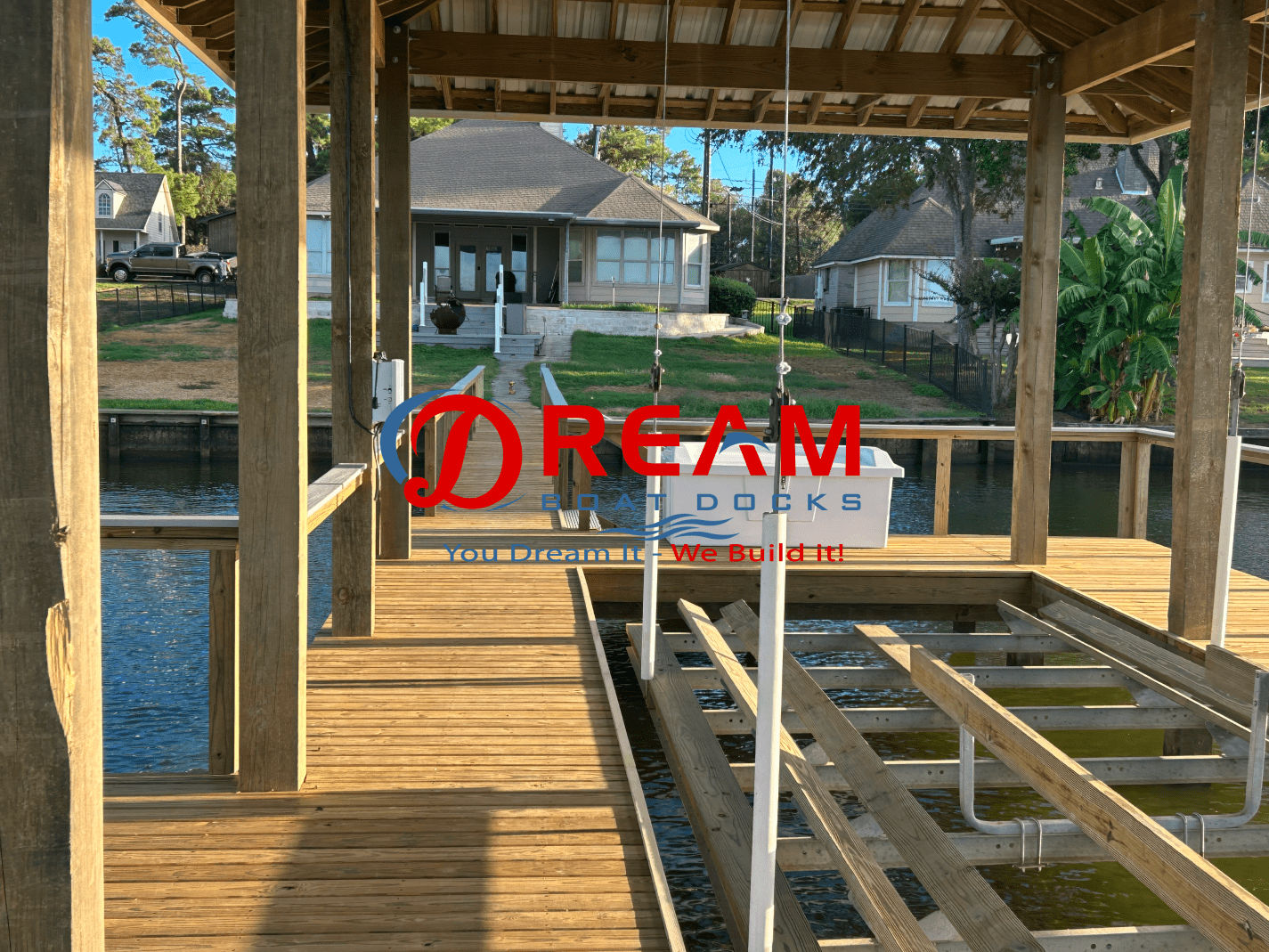In today's market, finding a reliable, efficient, and durable boiler system is paramount for both residential and commercial applications. The EASCO Boiler FST Series stands out as a top-tier choice, providing unparalleled performance and value. This blog explores the top five reasons why investing in the EASCO Boiler FST Series is a smart decision for 2024.
Superior Efficiency and Performance
The EASCO FST Series boilers are designed with efficiency and performance at the forefront. Featuring a three-pass Scotch Marine design, these boilers maximize heat transfer, ensuring optimal fuel utilization and reduced operational costs.
Three-Pass Design
The three-pass design significantly enhances the efficiency of the FST Series boilers. By directing the hot gases through three separate passes within the boiler, more heat is absorbed by the water, leading to higher thermal efficiency. This design reduces fuel consumption and lowers your energy bills, making the FST Series a cost-effective heating solution.
Large Heating Surface
Each FST Series boiler is equipped with five square feet of fireside heating surface per boiler horsepower. This extensive heating surface ensures that the boiler can effectively transfer heat, resulting in consistent and reliable performance. Whether you're using the boiler for residential heating or commercial applications, you can count on the FST Series to deliver steady and efficient heat.
Robust Construction and Longevity
Durability is a hallmark of the EASCO FST Series boilers. Built to withstand the demands of continuous operation, these boilers are constructed with high-quality materials and adhere to stringent manufacturing standards.
ASME Compliance
Every EASCO FST Series boiler is constructed in accordance with the American Society of Mechanical Engineers (ASME) Boiler and Pressure Vessel Code. This compliance ensures that each boiler meets rigorous standards for material quality, construction, and workmanship, providing peace of mind and long-term reliability.
Wet Back Construction
The wet back construction of the FST Series further enhances its durability and longevity. Unlike dry back boilers, wet back boilers have a water-cooled rear face, which reduces the stress on the boiler and prevents overheating. This design minimizes maintenance requirements and extends the lifespan of the boiler, ensuring you get the most out of your investment.
Low Maintenance and Ease of Operation
Maintaining and operating the EASCO FST Series boilers is straightforward, thanks to several design features that simplify these processes.
Easy Access for Cleaning
The FST Series boilers are designed with gas-tight front and rear smoke boxes and insulated, precision-fitted doors. These features provide easy access for cleaning and maintenance, allowing technicians to perform routine inspections and servicing without hassle. Regular maintenance is crucial for ensuring the efficiency and longevity of your boiler, and the FST Series makes this process as convenient as possible.
2.5-inch Fire Tubes
The FST Series boilers utilize 2.5-inch fire tubes, which eliminate the need for turbulators or other baffling devices. This design ensures balanced flue gas flow and optimal heat transfer, reducing the likelihood of soot buildup and improving the overall efficiency of the boiler. The absence of additional baffling devices also means fewer components that can wear out or require maintenance, further simplifying the upkeep of the boiler.
Versatility and Customization
The EASCO FST Series is designed to be versatile and adaptable to various heating needs, making it a suitable choice for a wide range of applications.
Oil or Gas Fired Options
The FST Series boilers can be configured to operate on either oil or gas, providing flexibility in fuel choice based on availability and cost. This versatility ensures that you can select the most economical and convenient fuel option for your specific situation.
Field Erect or Shop Built Package
EASCO offers the FST Series boilers in both field erect and shop-built package options. This flexibility allows for customized installation based on the unique requirements of your site. Whether you need a boiler system that can be assembled on-site or a pre-packaged unit that’s ready to install, EASCO has you covered.
Optional Commercial Tankless Coils
For commercial applications requiring a continuous supply of hot water, the FST Series boilers can be equipped with optional tankless coils. These coils provide an on-demand hot water solution without the need for a separate storage tank, saving space and reducing initial installation costs.
Advanced Safety and Control Features
Safety and control are critical considerations in any boiler system, and the EASCO FST Series excels in these areas with advanced features designed to protect both the system and its users.
Standard Steam and Water Trim
The FST Series boilers come equipped with standard steam and water trim, including safety valves, steam gauges, water columns with gauge glasses, and try cocks. These components are essential for monitoring and maintaining safe operating conditions within the boiler. The inclusion of ASME-rated relief valves further ensures the safety and reliability of the system.
Precision Controls
EASCO FST Series boilers are designed with advanced control systems that allow for precise monitoring and adjustment of the boiler’s operation. These controls help optimize performance, improve efficiency, and ensure safe operation. The ability to fine-tune the boiler’s settings also allows for greater flexibility in meeting varying heating demands.
Discover the Best Heating Solutions at Supreme Boilers
For more information on the highly efficient and reliable EASCO Boiler FST Series, visit Supreme Boilers. Supreme Boilers offers a comprehensive selection of top-quality heating systems, including the advanced FST Series, designed to meet diverse residential and commercial needs. Their commitment to innovation, durability, and performance ensures that you will find the perfect boiler solution tailored to your specific requirements. Explore Supreme Boilers today and invest in a heating system that delivers exceptional value and peace of mind.
Conclusion
The EASCO Boiler FST Series stands out as a top choice for those seeking a reliable, efficient, and durable heating solution in 2024. With its superior efficiency, robust construction, low maintenance requirements, versatility, and advanced safety features, the FST Series offers exceptional value for both residential and commercial applications.
















